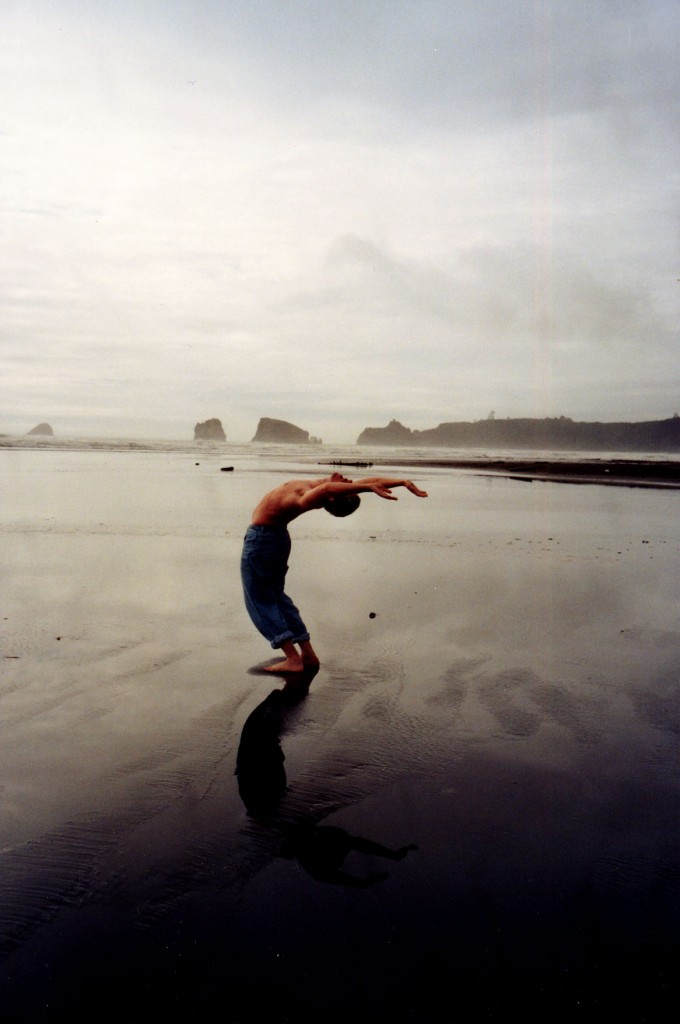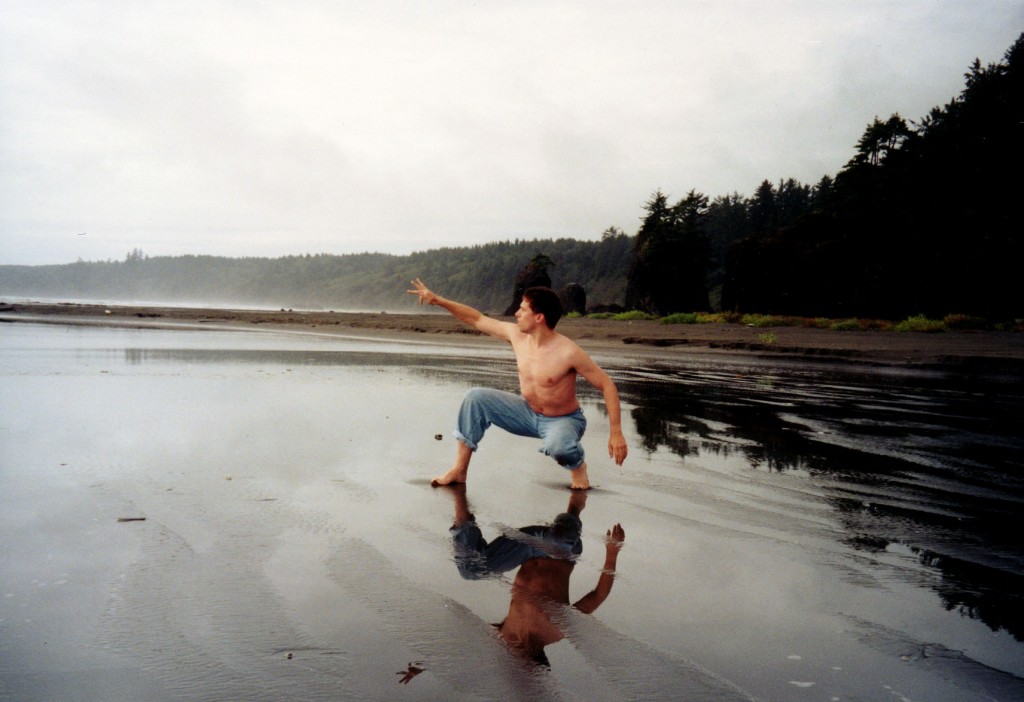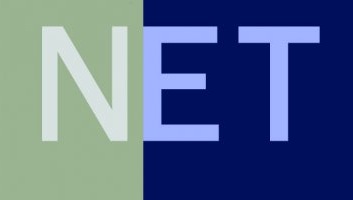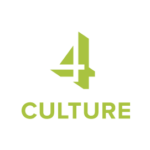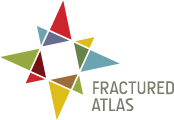Organicity is rooted in the impulses of the body as animal organism and is closely linked not only to biological functions but also to the driving forces of desire and aversion. Our culture usually subverts organicity to the social body, whose behavior must be dictated by cultural cliche, concepts of engenderment, socio-political restrictions, religious mores. These, and others, while arguably more or less necessary to the right functioning of daily life activities, ultimately separate us from that which is primary; from Nature and our existence not merely within it but as an interdependent organism of it. Here we are dealing with a question of responsiveness—the instinctual responsiveness of the body to internal and external stimuli which eschews the filter of the discriminating mind.
In organicity training we create situations which allow for a returning/re-tuning of our psycho-physical nature. For example, the initial phase of an exercise we call the River utilizes guided imagery to lead the doer through certain developmental phases of movement. These are patterns observed by authorities to be the primary models of human behavior from existence in utero through the progressive phases of pre-spinal and spinal archetypes which eventually lead to rolling, crawling, standing and walking. However, the emphasis during this phase of the River is not one of instructing the doer in the choreography of the patterns, but of using specific imagery and associations to focus awareness onto physiological processes which enable the doer to tap into deep body memory and reconnect with the impulses resulting in these movement patterns. The objective here is to return the doer in a practical way to an instinctual awareness and acceptance of him/herself as corporeal being.
We also draw from acrobatics, yoga and other branches of traditional physical education for activities and postures which serve as material for our corporal exercises. Corporal exercises challenge the doer to activate her psychic/emotional life in order to transform these activities into a flow of living impulses. This means redirecting the intention of the activity from a primarily physical level. By combining through improvisation a predetermined series of exercises—stretches, tumbling, running, and codified patterns of jumping and rhythmic stepping—the doer charges herself with the responsibility of tapping into ancient associations and responding moment by moment to the challenges which arise. These challenges may at first appear on a strictly practical level; How to execute a forward roll without pain or how to find the proper balance to maintain a difficult headstand. Later the doer may be confronted with the need to overcome the fear preceding the fulfillment of the more dangerous tiger leap. As more perfunctory challenges are overcome the doer faces increasingly intimate resistances. Through the doer’s sincere commitment and unyielding effort these corporal exercises can promote profound self-realization and physical mastery at the level of pure organicity.

